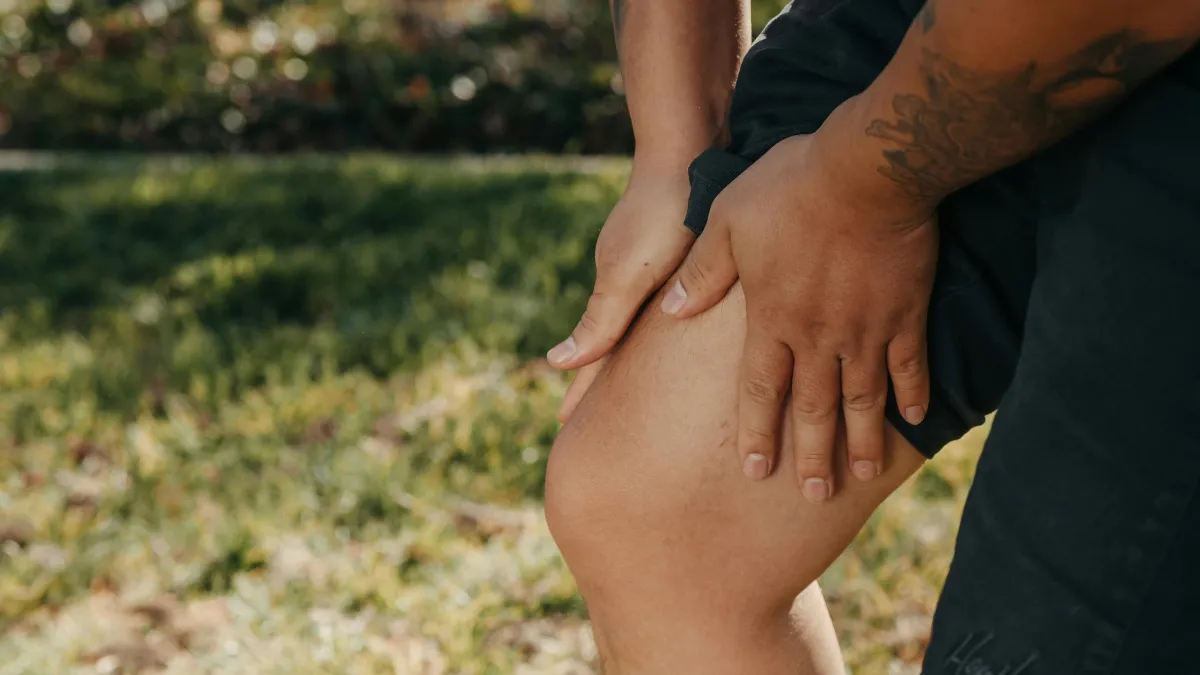
Why Injections and Pain Pills Aren’t the Long-Term Answer for Knee Pain

Why Injections and Pain Pills Aren’t the Long-Term Answer for Knee Pain
If you’ve ever dealt with nagging knee pain, chances are you’ve been offered two quick fixes: injections or pain pills.
And while those options can provide short-term relief, the truth is—they don’t solve the problem. At best, they cover it up for a while. At worst, they allow the real issue to progress quietly in the background.
So let’s break it down: why don’t injections and medications give lasting results? And what should you be looking at instead if you want your knees to stay strong for the long haul?
Learn More About our Knee Pain Program
1. Pain Pills: Masking the Message
Pain is your body’s alarm system. It’s telling you something is wrong—cartilage breakdown, inflammation, nerve irritation, or joint instability.
When you take over-the-counter or prescription pain pills, you might feel better for a few hours. But here’s the catch:
Pills don’t stop cartilage from wearing down.
They don’t improve circulation or joint mobility.
They don’t fix alignment or relieve the pressure that’s causing the pain in the first place.
They simply hit the mute button on your body’s warning signal.
2. Injections: Buying Time, Not Healing
Cortisone, hyaluronic acid, PRP, and even gel injections have become common go-tos for knee pain.
And yes—many patients experience short-term improvement. But here’s what you need to know:
Cortisone can actually weaken cartilage and accelerate degeneration if used repeatedly.
Lubricating injections may reduce friction, but they don’t rebuild lost cartilage.
Regenerative injections (like PRP) hold promise but still require strong circulation, healthy tissues, and good biomechanics to work effectively.
In other words: injections may buy you time, but they don’t stop the cycle of breakdown.
3. The Cycle of Cover-Ups
Here’s the real danger: when you rely on pills or injections, you might feel “good enough” to keep going with the same daily habits that caused the problem.
Sitting for long hours.
Carrying extra weight.
Skipping strengthening or mobility exercises.
Ignoring poor alignment or old injuries.
So the breakdown continues—quietly—until the pain returns, often worse than before.

4. What Lasting Relief Really Looks Like
If you’re serious about preserving your knees, here’s what matters most:
Restoring Alignment → takes pressure off the joint.
Improving Circulation → allows tissues to heal.
Reducing Inflammation Naturally → creates a healthier environment for cartilage and nerves.
Rebuilding Strength & Stability → supports the joint long-term.
When you address the root causes—not just the pain signal—you give your body the chance to repair, strengthen, and protect your knees for years to come.
Learn More About Softwave Therapy
The Bottom Line
Pills and injections have their place, especially if you need quick relief in a tough moment. But relying on them long-term is like patching a leak without fixing the pipe—it’s only a matter of time before the problem comes back, often worse.
Your knees deserve better than a temporary Band-Aid. With the right non-surgical, drug-free approach, you can reduce pain, improve function, and get back to doing the things you love—without being dependent on the next prescription or shot.
